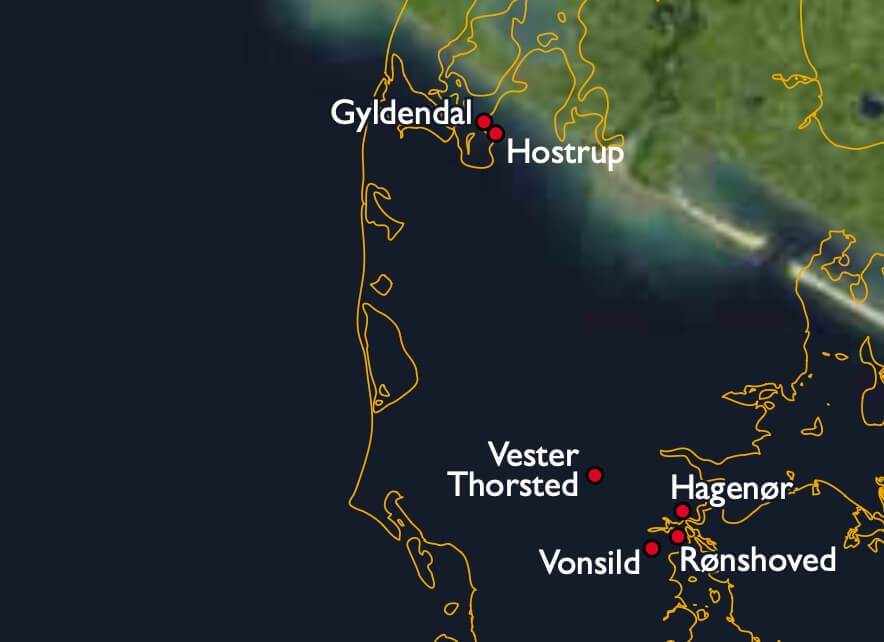
How to Cite
Share
Abstract
Lower Miocene strata from boreholes and, in particular, at outcrops in the Lillebælt and Limfjorden areas of Jylland provide a natural laboratory for studying the drowning of a major delta system during a period of global warming. Detailed studies of sedimentary structures, fossil algae, spores and pollen give information about depositional environments, local temperatures and precipitation. By comparing with the global climatic record from the same period, a detailed reconstruction of the flooding of a low-relief delta system can be made, with emphasis on the global warming after the glacial event Mi1a. The local temperature increase following the Mi1a event is estimated to be c. 5°C.
How to Cite
Share
Copyright (c) 2013 Erik Skovbjerg Rasmussen, Torsten Utescher, Karen Dybkjær

This work is licensed under a Creative Commons Attribution 4.0 International License.
Downloads
Edited by Ole Bennike, Adam A. Garde and W. Stuart Watt
This Review of Survey activities presents a selection of 17 papers reflecting the wide spectrum of activities of the Geological Survey of Denmark and Greenland, from the microscopic to the plate-tectonic level.
The Survey's activities in Denmark and surrounding areas are [...]









